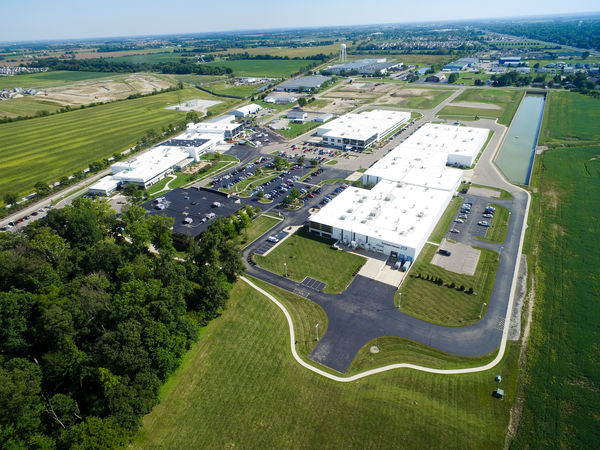Hydrogen permeation in the new hydrogen economy
The ever-looming hydrogen economy has found renewed life in the energy transition as industry leaders in public and private sectors […]
Sustainability is one of Endress+Hauser’s core brand values and it is built into the company strategy and culture. With sustainability at the forefront, the Endress+Hauser team continuously looks for ways to improve their processes and the environment. One significant measure we took that showcases this was our LEED certification (Leadership in Energy and Environmental Design) for the expansion of our Greenwood, IN campus as well as the Pearland, TX campus. A major aspect of the Greenwood expansion was the installation of a $1.2 million geothermal pond system. The investment of the of the pond not only provides benefits to the organization but also has a significant environmental impact.

Geothermal heat pumps (GHPs) are heating and air conditioning systems that have been around since the 1940s. These systems are either buried in the ground or are submerged in water to utilize the earth’s relatively constant temperatures as an exchange medium. Depending on its latitude, ground temperatures in stable environments range from around 45⁰F (7⁰C) to 75⁰F (21⁰C). In the winter, the ground temperature is usually warmer than the air above but cooler than the air above it in summer. The GHP uses these favorable temperatures to be highly efficient by exchanging the heat with the earth through a ground heat exchanger.
The Greenwood campus uses a closed loop system in our 3.4-acre pond for its geothermal system. It works by circulating antifreeze through a closed loop, made of high-density plastic coils, that is submerged in water. Heat exchangers transfer heat between refrigerants in the pump and the antifreeze solution in the coils. Currently, our system supports 40 heat pumps across our entire 100,000 sq. ft. Level and Pressure building and around 91,000 sq. ft. of our Flow manufacturing building.
The pond creates numerous efficiencies and environmental benefits. Our system is rugged and long-lasting, reducing the need to replace parts. The refrigerant we use is an environmentally friendly glycol/water mixture instead of hazardous material. Inside, our system is connected to a centralized control panel that allows us to set temperatures for specific times. This allows us to reduce the energy expended by the system and reduce waste.
The ever-looming hydrogen economy has found renewed life in the energy transition as industry leaders in public and private sectors […]
Based on the recently published article coauthored by Alan Garza, Sam Miller, and Scott Sutherland, Discussing LNG: Adapting to a […]
With the help of process measurement solutions from Endress+Hauser, a new Long Ridge Energy (LRE) power plant is successfully showcasing […]
Comments